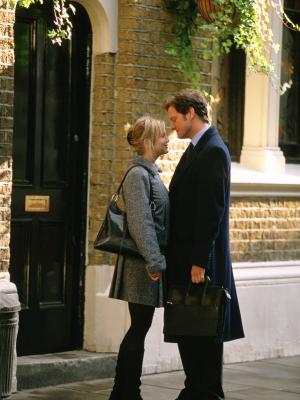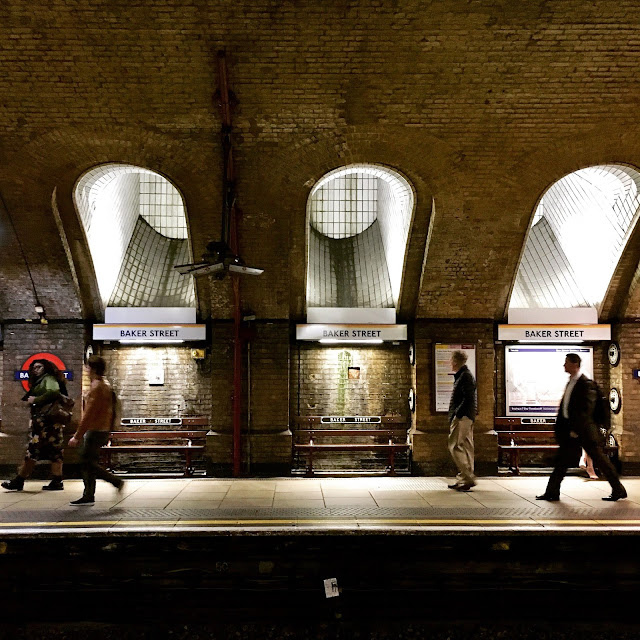Above Ground on the London Underground-Day35: Trafalgar Square
My big brother Russell and me at Trafalgar Square. 1958
The battle was the kind of impressive and decisive British naval victory that would thrill any battle-loving little boy, the sounds of canons ringing through the smoke-filled air. On the 21st of October, 1805, Lord Nelson led 27 British ships into a fight off the coast of Cape Trafalgar, Spain, against a fleet of 33 French and Spanish ships. Not a single British ship—not a one—was lost, the Franco/Spanish fleet lost 22 ships. While Lord Nelson took a hit from a French musket during the battle, dying not long after, the event was a decisive victory in the Napoleonic Wars, crushing Napoleon's plans to invade England.
Those historical details were of little meaning to the children in the picture. While my brother looks fairly confident with his proximity to the pigeons swooping down upon the arm of the man in the photo, I'm cowering behind my big bro—always my protector—imagining the pigeons landing on my head, digging their claws into my scalp, tearing at my hair. Commemorating Britain ruling the waves, in those days the pigeons ruled the plaza. So much so that they deterred tourists from visiting Trafalgar.
In 2010, things began to change. The vendors who sold pigeon food were denied their permits and a couple of hawks were brought in to scare the pigeons off. Any seed that was scattered on the ground was vacuumed up! Lord Nelson's column was cleaned of decades of bird poop at a cost of £140,000! These days the pigeons—once numbering in the range of 30,000—are mostly gone. And those that you do see are left to fend for themselves. It's illegal to feed pigeons so if you go to Trafalgar Square remember, your stale breadcrumbs and leftover popcorn are not for the birds.
I haven't moved much this week, rambling around more in my head than in the square.
Next week, let's visit the National Gallery. And see if I can get some more miles under my belt.



